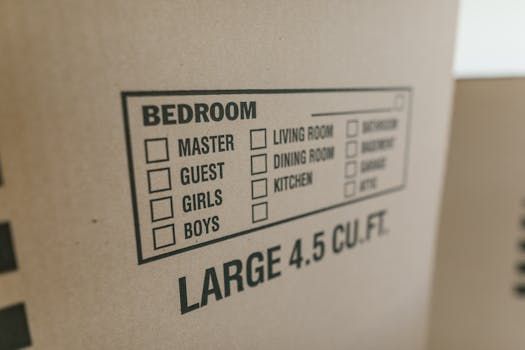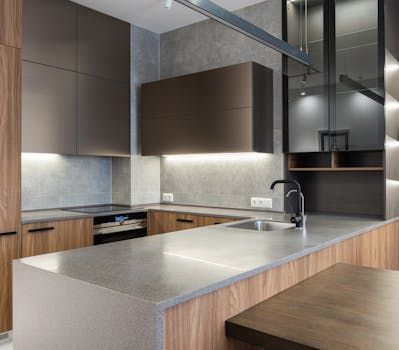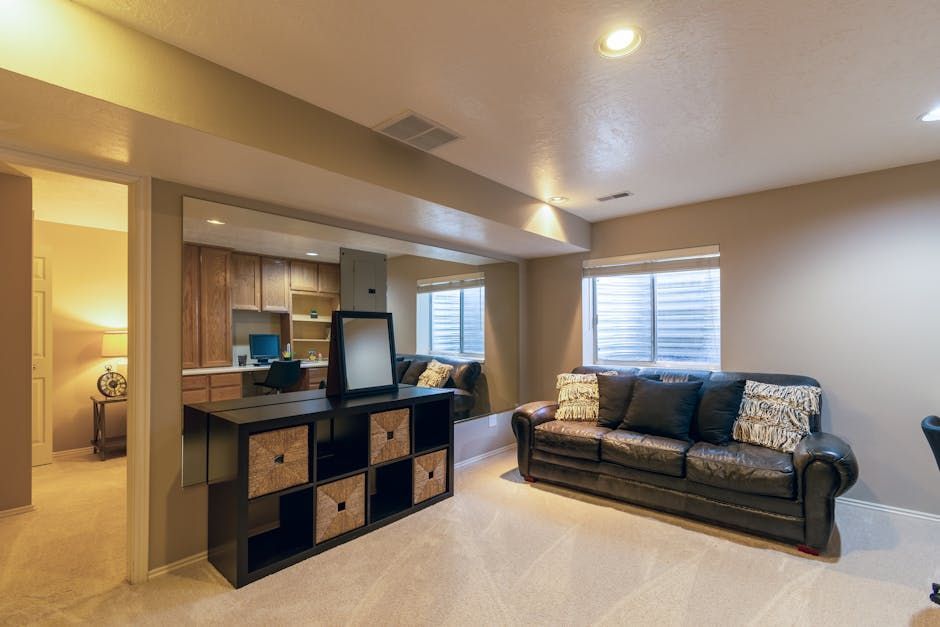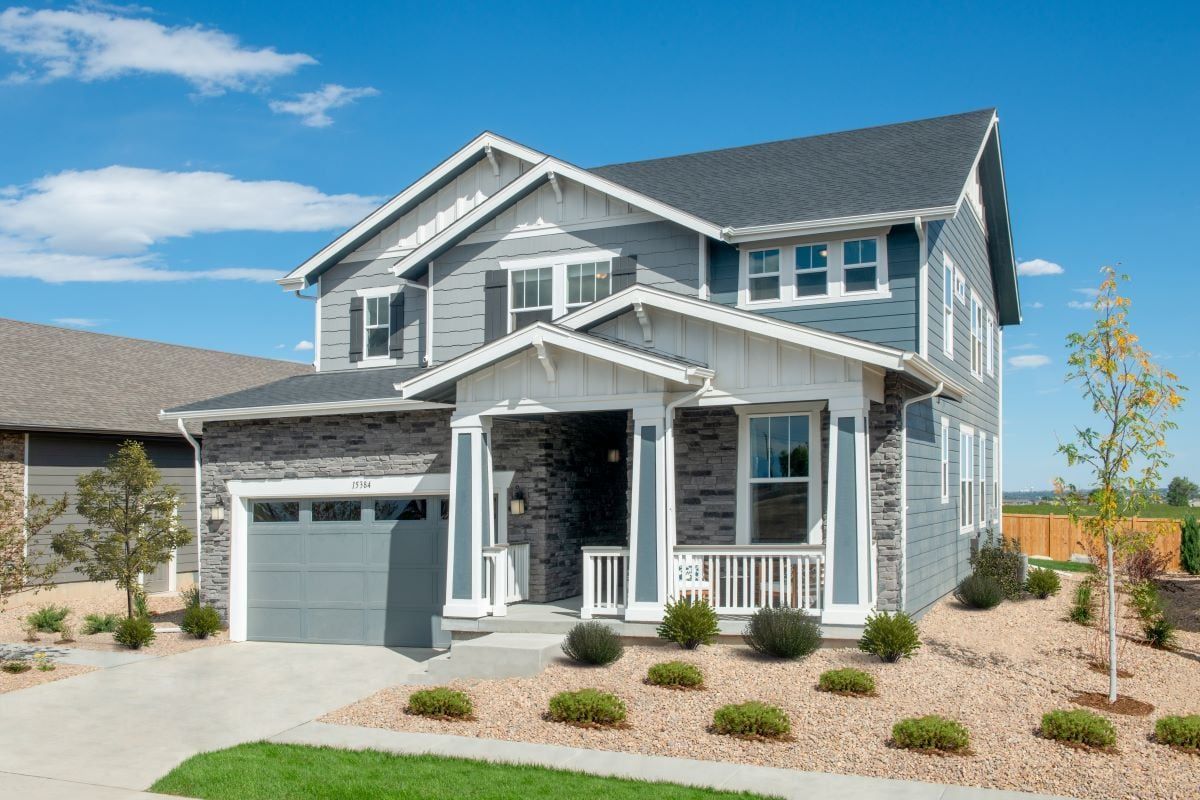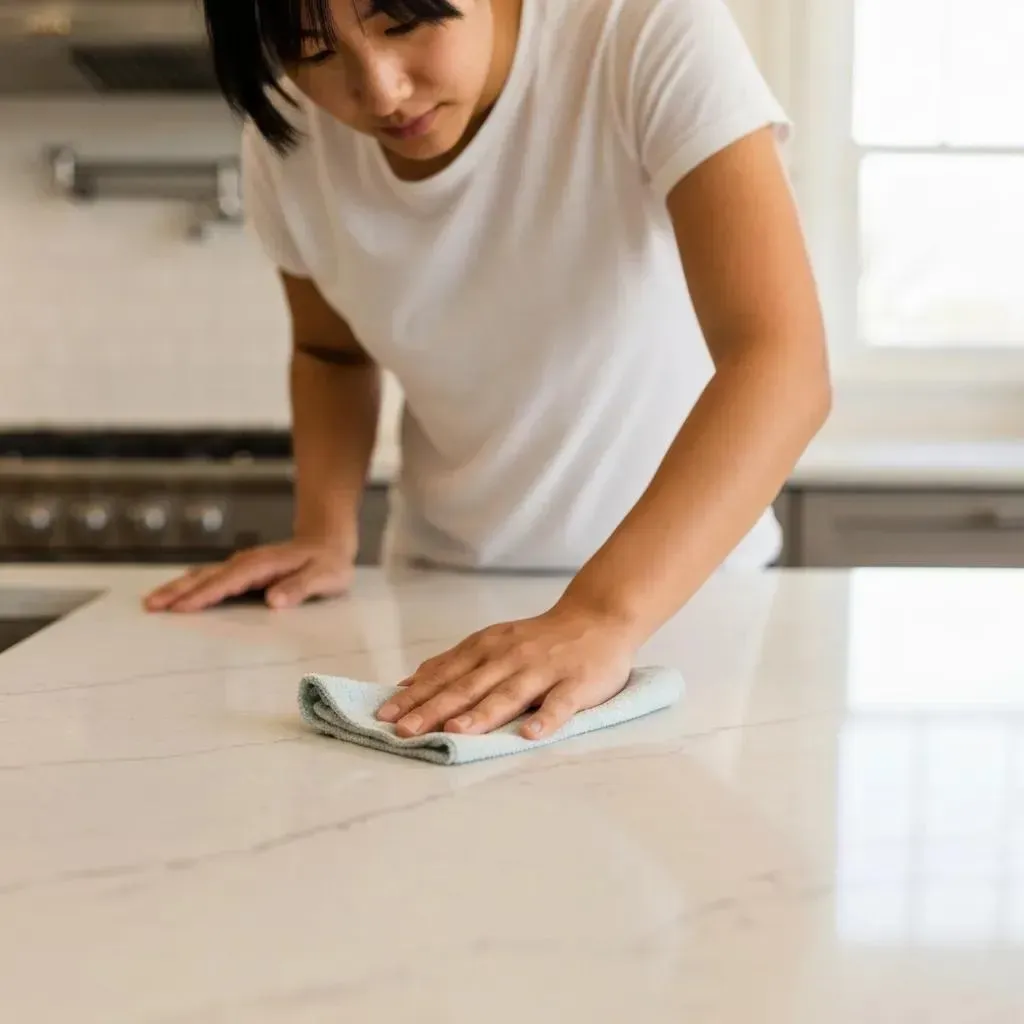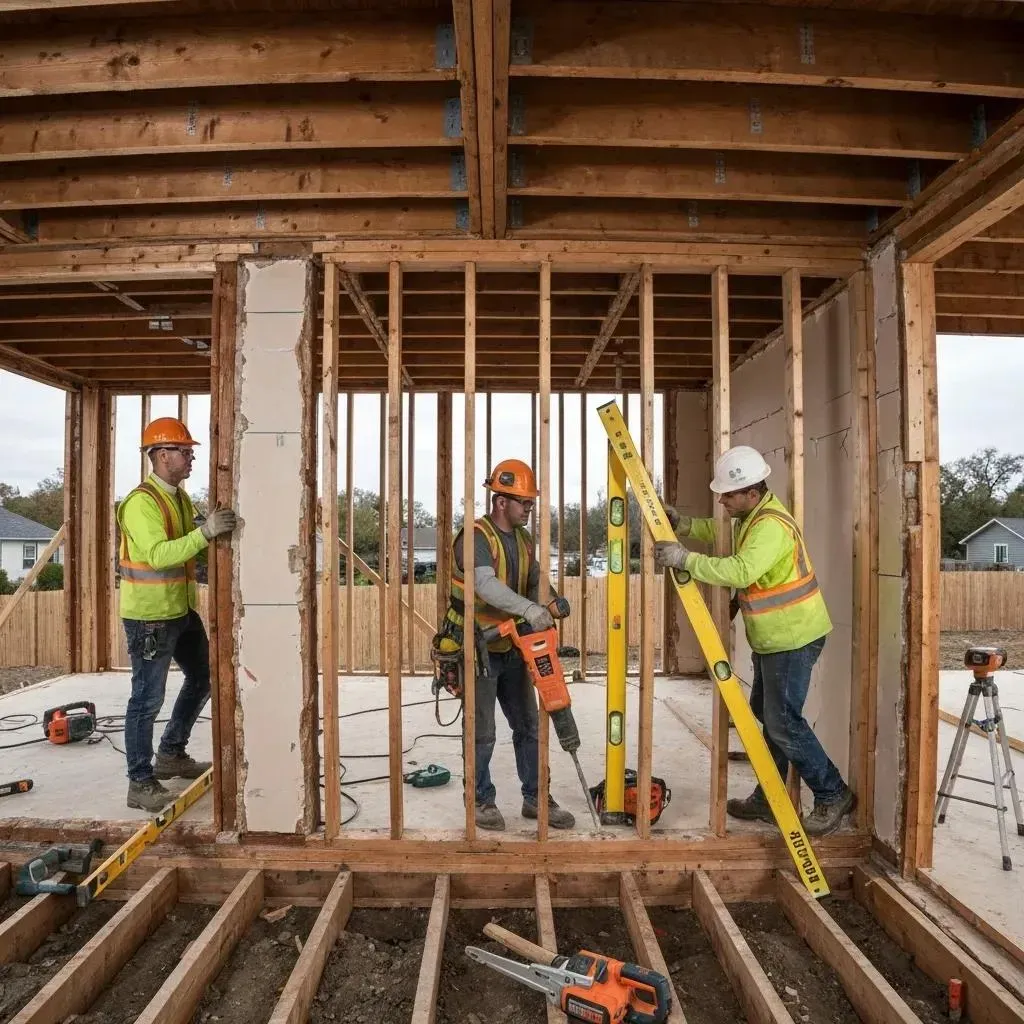Plywood vs. MDF vs. Particleboard | Denver Cabinet Guide
Cabinet Materials 101: Plywood vs. MDF vs. Particleboard for Your Denver Kitchen and Bathroom Remodel

Selecting the right materials for your kitchen cabinets is a foundational decision that impacts your remodel’s resilience, aesthetic, and investment from the very start. In Denver’s distinctive climate—where altitude, temperature fluctuations, and indoor humidity can all influence wood performance—it’s crucial to grasp the differences between plywood, medium-density fiberboard (MDF), and particleboard in terms of strength, moisture resilience, cost, and visual appeal. This guide breaks down these three engineered wood options, offers a direct comparison of their characteristics, and provides insights specifically for Denver homeowners. You’ll also find expert advice, tips for upkeep, alternative material suggestions, answers to common homeowner questions, and a straightforward way to book a consultation.
As your trusted Denver remodeling experts, Accountable Home Remodeling is dedicated to helping you choose cabinet materials that blend superior craftsmanship, lasting durability, and stylish design, all while respecting your budget.
What Sets Plywood, MDF, and Particleboard Cabinets Apart?
The engineered wood options available for cabinets differ in their makeup, how they perform, and their price points. Understanding the structure and properties of each material will help you align your choices with your functional requirements—like the need for moisture resistance in a bathroom—or your design aspirations, such as achieving a sleek painted finish for a contemporary kitchen.
Plywood vs. MDF vs. Particleboard: A Detailed Comparison
This article dives into a comparison of plywood, MDF, and particleboard, examining their composition, structural qualities, overall quality, and cost. We’ll highlight the advantages and disadvantages of each, empowering you to make well-informed decisions for your specific needs.
The engineered wood options for cabinets vary in their composition, performance, and price. Understanding each material’s structure and properties helps you match your functional needs—such as moisture resistance in a bathroom—or aesthetic goals, like a painted finish in a modern kitchen.
What Exactly Is Plywood and How Is It Crafted?
Plywood is an engineered wood panel created by adhering multiple thin layers of wood veneer together with robust, waterproof adhesives under controlled heat and pressure. This cross-laminated construction results in a remarkably strong and stable panel that resists warping and splitting. For instance, marine-grade plywood utilizes phenolic resins to significantly boost its water resistance, making it an excellent choice for environments with high humidity.
Marine Grade Plywood: Its Applications, Benefits & Varieties
Marine-grade plywood is constructed from thin sheets of premium hardwood bonded with waterproof glue. It offers excellent water resistance, is lightweight, strong, and virtually free of defects. With proper protective finishes, it can provide 15 to 25 years of reliable service.
These manufacturing processes ensure structural integrity and maintain consistent thickness across large panel sizes.
This composition of plywood provides a solid foundation for cabinet boxes and shelving, leading us directly to its advantages and potential drawbacks.
What Are the Upsides and Downsides of Plywood Cabinets?
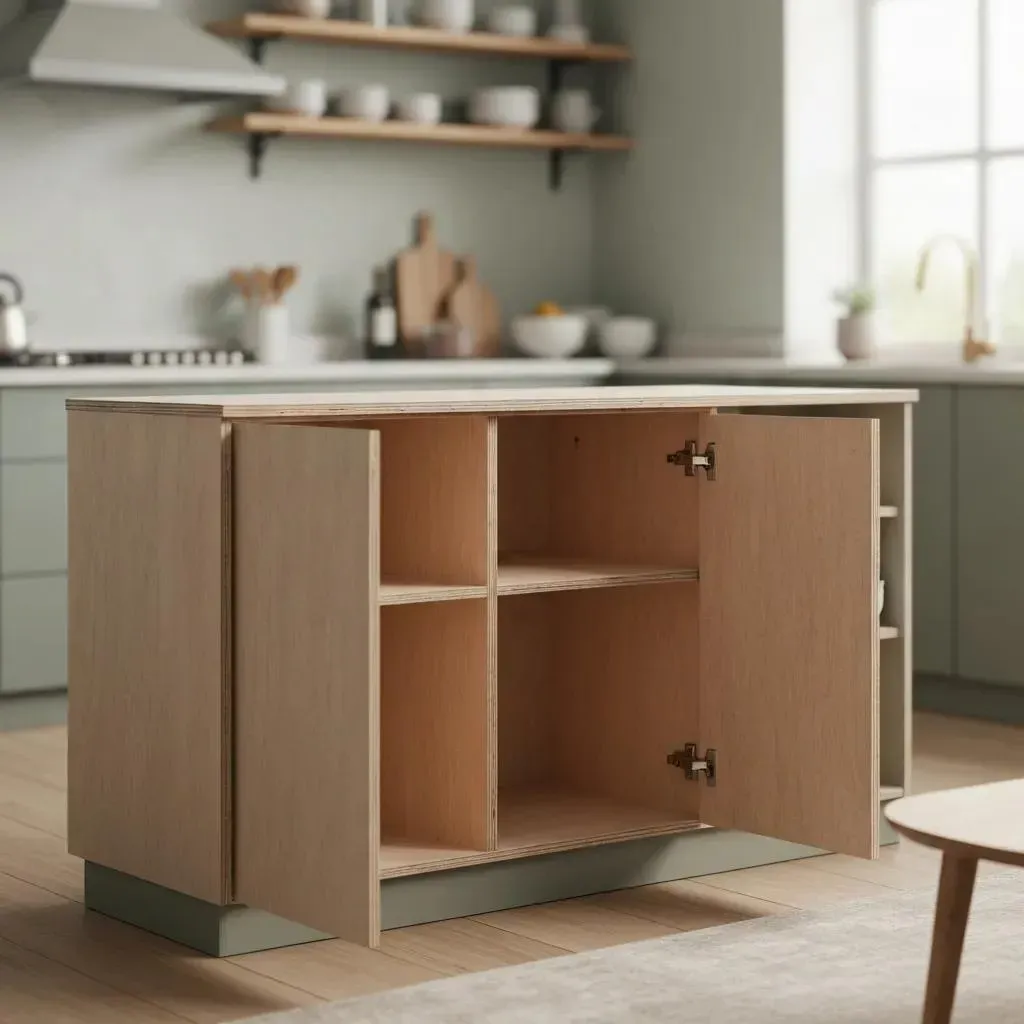
Here’s a straightforward summary of the key strengths and considerations when opting for plywood in your cabinetry.
- Exceptional Durability — Plywood boasts high resistance to impacts and can reliably support substantial weight for many years.
- Moisture Resistance — Cabinet-grade and marine-grade versions offer protection against humidity and minor spills.
- Superior Screw Retention — The layered veneers create solid edges and faces, ensuring secure fastening.
- Lightweight Strength — Plywood panels deliver robust performance without adding excessive weight.
- Higher Initial Cost — The use of premium materials and advanced manufacturing processes results in a greater upfront investment.
- Potential for Voids — Internal layers might contain small gaps that may require attention at the edges.
Plywood Cabinets: Key Advantages and Disadvantages to Weigh
Plywood cabinets are celebrated for their impressive durability and strength, thanks to their construction from layered veneers and strong adhesives. They stand up well against warping, moisture, and the rigors of daily use, making them a wise investment for homeowners.
Plywood’s excellent balance of strength and moisture management makes it a prime choice for long-lasting cabinet structures, setting the stage for exploring MDF’s benefits for painted finishes.
What Is MDF and What Makes It Stand Out for Cabinets?
Medium-density fiberboard (MDF) is produced by finely grinding wood fibers and combining them with resin binders, which are then compressed under heat and pressure into uniform panels. This homogenous structure eliminates natural grain patterns and knots, creating a perfectly smooth, flat surface ideal for painted finishes and intricate decorative profiles. MDF’s consistent density makes it highly predictable and easy to work with during machining and routing.
Due to these characteristics, MDF truly shines in applications where a flawless, paint-ready surface is essential, paving the way for an examination of its pros and cons.
What Are the Advantages and Disadvantages of MDF Cabinets?
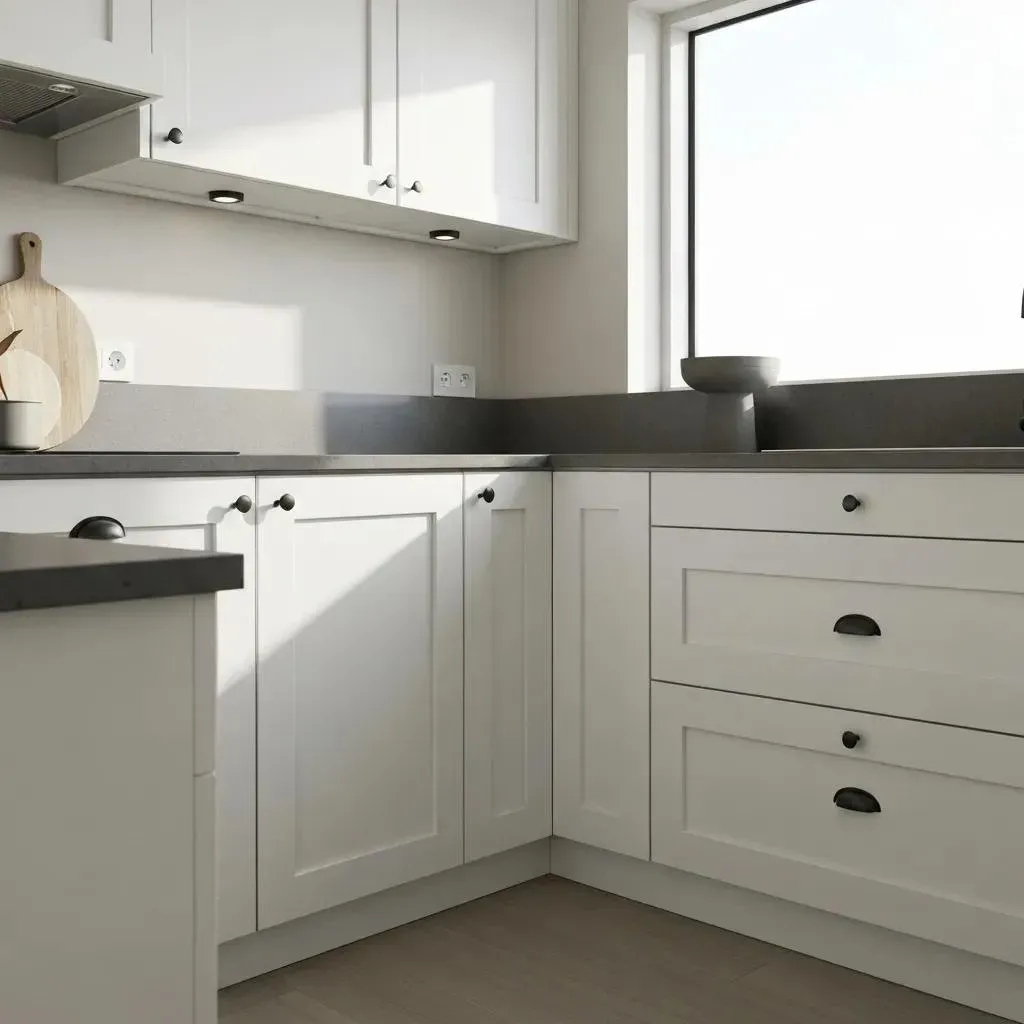
Homeowners often select MDF for its affordability and the quality of its finish, but it’s important to be aware of its limitations:
- Smooth Surface Ideal for Painting — Its consistent texture allows for a perfect, smooth finish on cabinet doors and trim.
- Cost-Effective Option — MDF is typically more affordable than plywood, helping to reduce overall project expenses.
- Stable Dimensions — It’s less prone to warping than solid wood under typical indoor environmental conditions.
- Significant Weight — Its denser composition means cabinet assemblies can be heavier.
- Limited Water Resistance — Unsealed edges can swell significantly when exposed to moisture, necessitating careful sealing.
- Weaker Screw Grip — Fasteners may loosen over time, especially under heavy loads.
The trade-offs associated with MDF highlight its suitability for decorative elements and painted cabinetry rather than areas prone to moisture, leading us to review the characteristics of particleboard.
What Is Particleboard and How Does It Stack Up?
Particleboard is the most economical engineered wood option, created by mixing wood chips or flakes with synthetic resin and then pressing them into panels. Its large-scale production and minimal raw material requirements contribute to its low retail price. Particleboard panels are dense but generally less structurally sound than MDF or plywood.
This cost-effective substrate serves well as a base for laminates and veneers, but its performance profile warrants a careful consideration of its benefits and drawbacks.
What Are the Benefits and Drawbacks of Particleboard Cabinets?
Particleboard is frequently chosen for projects where budget is a primary concern, though it does present clear limitations:
- Most Budget-Friendly — Particleboard offers the lowest material cost for cabinet construction.
- Lightweight Panels — It’s relatively light, making handling and installation easier.
- Smooth Surface for Veneers/Laminates — It provides an excellent base for melamine, laminate, or thermofoil finishes.
- Very Low Moisture Resistance — Panels can swell and degrade quickly if they come into contact with water.
- Poor Screw Retention — Edges can crumble under the torque of fasteners, requiring specialized hardware.
- Shorter Lifespan — It is susceptible to chipping and structural degradation over time.
Particleboard’s advantage lies in its affordability, making it suitable for areas with less frequent use, while acknowledging its longevity challenges guides us into a direct comparison of all three materials.
How Do Plywood, MDF, and Particleboard Cabinets Compare Directly?
Below is a detailed comparison of the three cabinet materials across key attributes to help you make an informed decision.
| Material | Cost | Durability | Water Resistance | Weight | Finish Quality | Screw Holding | Ideal Application |
|---|---|---|---|---|---|---|---|
| Plywood | Moderate to High | High | Moderate to High | Light to Medium | Natural wood grain | Excellent | Cabinet boxes, areas with humidity |
| MDF | Moderate | Medium | Low (unless sealed) | Heavy | Smooth painted finish | Good (on the face) | Painted doors, decorative trim elements |
| Particle board | Low | Low | Very Low | Light | Base for veneer/laminate | Poor | Budget-friendly interiors, low-traffic cabinetry |
Which Material Reigns Supreme: MDF, Plywood, or Particleboard?
Plywood offers superior strength compared to particleboard and is more resistant to shearing and bending. Particleboard is a product made from recycled wood waste, compressed with resin adhesives. MDF is stronger and denser than particleboard; it’s also a waste-wood material, composed of wood fibers rather than sawdust.
This table clearly illustrates how plywood excels in strength and moisture resistance, MDF provides versatility for painted finishes, and particleboard offers the most significant cost savings. Now, let’s explore factors specific to Denver that can influence your material choice.
What Factors Should Denver Homeowners Keep in Mind When Selecting Cabinet Materials?
Choosing cabinet materials for your Denver remodel involves balancing climate considerations, budget constraints, your desired style, and environmental impact. Each of these factors is closely tied to the engineered wood’s performance characteristics and your project’s objectives.
How Does Denver’s Climate Impact Cabinet Material Choices?
Denver’s semi-arid climate means low humidity outdoors, but indoor environments can experience significant moisture from kitchens and bathrooms. Additionally, the high-altitude sun can accelerate the fading of finishes. Therefore, materials offering moderate to high water resistance—such as cabinet-grade plywood or properly sealed MDF—are essential for ensuring longevity under fluctuating indoor conditions and preventing issues like warping or delamination.
Equitable & Effective Climate Change Mitigation: A Policy Analysis for Denver, Colorado
Denver has long been a forward-thinking leader in climate action. This Policy Analysis Exercise (PAE) stems from a year-long collaboration with our clients at Denver's Office of Climate Action, Sustainability & Resiliency (CASR), who are tasked with developing and implementing climate change policies for the city.
How Does Your Budget Influence Material Selection?
Your project budget will determine whether your priority is long-term durability or immediate cost savings. Plywood comes with a higher price tag but reduces the risk of future replacement costs; MDF offers a middle-ground solution for painted applications; particleboard provides the lowest initial cost but may necessitate earlier replacements. Calculating the total cost of ownership over time can clarify which option best fits your financial plan.
What Role Do Style and Finish Play in Material Decisions?
Achieving a smooth, flawless painted finish often requires MDF for doors and drawer fronts, while exposed wood grain and veneers are best showcased with plywood. Particleboard typically needs an overlay of melamine or thermofoil for its aesthetic appeal. Consider your design vision—whether it’s shaker-style painted cabinets or a natural wood stain—to ensure the material characteristics align with your stylistic goals.
How Important Are Environmental Impact and Sustainability?
Engineered woods utilize recycled fibers and help reduce waste compared to harvesting solid timber. Opting for formaldehyde-free MDF and FSC-certified plywood can minimize your project’s ecological footprint.
Formaldehyde-Free, Bio-Based In-Situ Adhesive System for MDF Production
Researchers are advancing the future viability of MDF and other wood fiberboards with bio-based in-situ bonding and the use of lower-grade hardwood assortments. This innovative adhesive system is entirely formaldehyde-free.
FSC Certified Plywood: Ensuring Sustainable Forestry
FSC certification for plywood signifies that the wood materials originate from responsibly managed forests. Choosing FSC-certified plywood helps protect the environment by preventing deforestation and illegal logging.
Alternative materials like bamboo and HDPE also support eco-conscious remodeling efforts. Aligning your material choices with green building standards contributes to healthier indoor air quality and reduces your remodel’s overall carbon footprint.
How Do Local Remodeling Services Enhance Material Choices?
Collaborating with an experienced Denver contractor simplifies the process of selecting materials, managing installation, and handling warranty concerns. At Accountable Home Remodeling, our team leverages deep knowledge of the local climate, strong relationships with suppliers, and expertise in finishes to recommend the ideal engineered wood for your kitchens, bathrooms, and built-in cabinetry, ensuring a seamless and stress-free remodeling experience.
With these key factors in mind, let’s move on to expert recommendations specifically tailored for Denver remodels.
(The rest of the article continues unaltered from the original content.)

